America’s economy: building back broke
The end of pandemic restrictions was meant to usher in a stronger, richer US. Instead, the world’s biggest economy teeters on recession and living standards have rapidly gone into reverse.

“Build back better” was the slogan, championed by none other than US President Joe Biden himself.
The end of pandemic restrictions was meant to usher in a stronger, richer US, with more electric cars, less dependence on fossil fuels, improved infrastructure and higher wages.
“We need to build America from the bottom up and the middle out, not from top down with the trickle-down economics that’s always failed us,” Biden said in a speech in October last year, laying out his Build Back Better framework.
Build back broke, though, has been a better description of the post-pandemic reality so far as the world’s biggest economy teeters on recession and living standards rapidly go into reverse for the first time in a generation.
“We’re looking right now at a calamity, something quite unlike anything we’ve seen in our lifetimes,” Kevin Hassett, former chairman of the White House Council of Economic Advisers under Donald Trump, tells Inquirer.
The costs of the giant and historically unprecedented economic experiment that was the US (and our) response to Covid-19 – shutting down swathes of the economy and propping up households and business with money created by the central bank – are starting to emerge as the Russian war in Ukraine wreaks havoc on global energy supply.
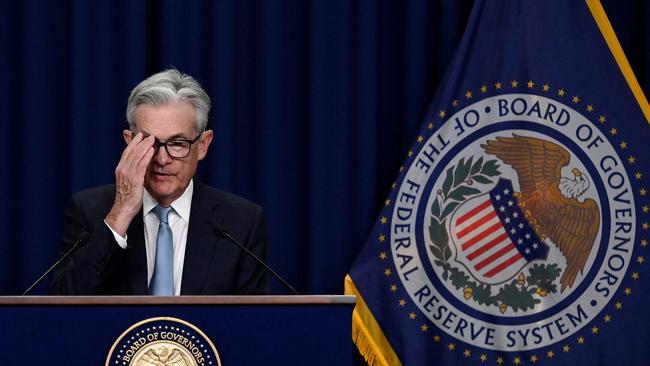
Inflation has lurched to almost 9 per cent across the year to May, the fastest pace since early 1981 and more than quadruple the US Federal Reserve’s target level.
“It’s already entrenched; just a question of how far up it will go,” says Hassett, who has little confidence in the Biden administration’s ability to steer the US through an economic crisis.
The bird’s-eye view of the economy has deteriorated rapidly this year. The US stockmarket has tanked more than 20 per cent since January. This month, consumer confidence dropped to the lowest level since the 1940s, according to the University of Michigan’s closely watched index.
That’s probably no surprise when shopping, travel and home ownership have become a more financially painful experience.
Last week the price of petrol exceeded $US5 a gallon ($1.90 a litre) for the first time, more than double the level of a year ago.
Grocery prices have risen almost 10 per cent, including a 30 per cent jump for eggs, a breakfast staple. Airfares have soared 40 per cent in a handful of months. Rents, which have little to do with energy prices, rose 5.2 per cent across the year to May, the quickest pace in more than 20 years.
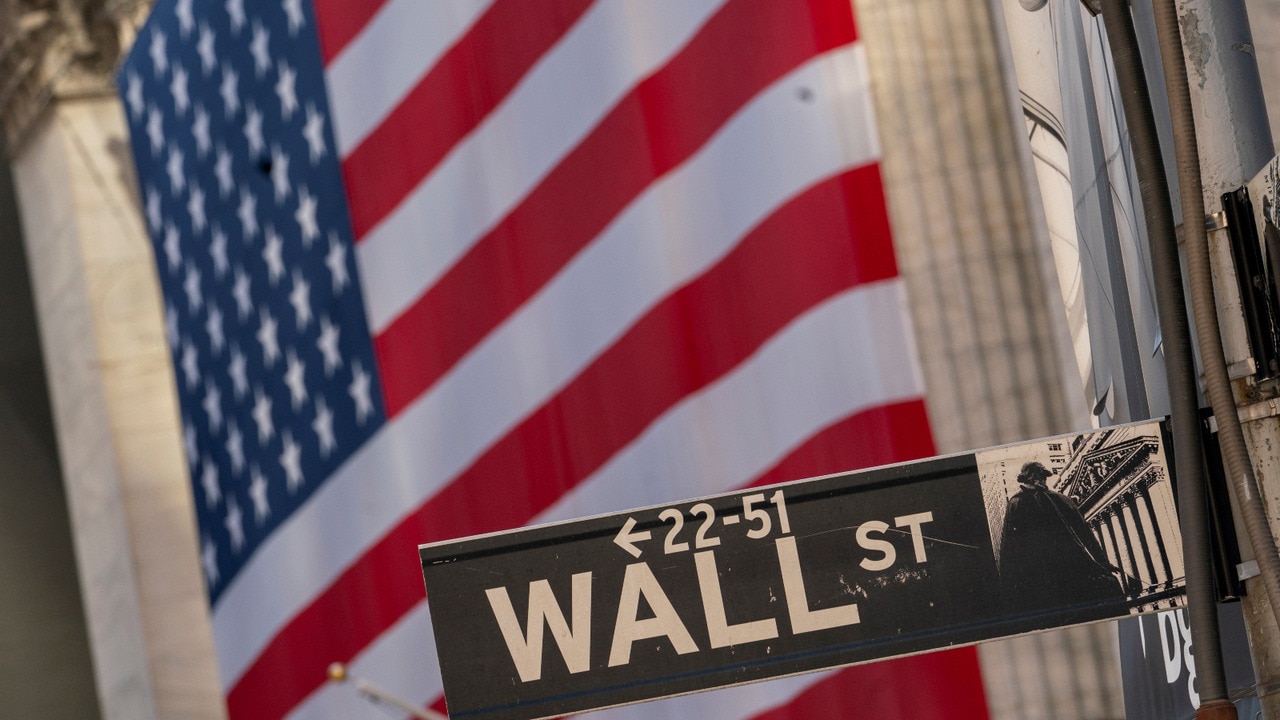
Most Americans fix their home-loan interest rates, but for new homebuyers the cost of owning a home has risen, too. The average interest rate on 30-year home loans – the most common in the US – have risen to almost 6.3 per cent, their highest level since 2008.
Meanwhile the economy, still the world’s largest, has started to shrink, declining 1.5 per cent in the first three months of the year at an annual rate.
“When you have decline of GDP of that size, then about 90 per cent of the time since the second world war you have had a recession,” says Hassett, a senior fellow at the Hoover Institution.
He suggests it is inevitable Australia will fall into recession too if the US does.
Inquirer spoke to three former chairmen of the Council of Economic Advisers, established by president Harry Truman in 1946 to advise the White House on economic policy: Hassett; Jason Furman, who held the position under Barack Obama; and Greg Mankiw, who was chairman under George W. Bush.
“A recession’s more likely than not,” says Mankiw, who thinks high inflation, something no one born after 1980 has any serious recollection of, has become entrenched.
“My best guess is inflation comes down to 4 or 5 per cent, and hovers around there for a few years.”
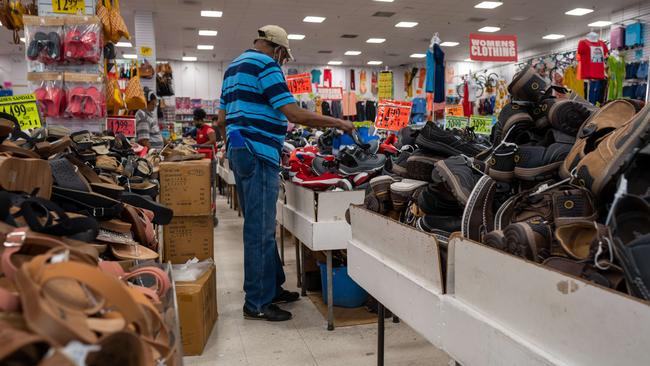
Furman, a Harvard University economics professor with ties to the ruling Democrats, is more optimistic. “Confidence is extremely low, but consumer balance sheets are very healthy,” he says, alluding to the pile of cash US households accumulated throughout the pandemic, thanks to the trillions of dollars in stimulus heaped on them by the Trump and Biden administrations. Consumption, which makes up about 60 per cent of the US economy and propped it up during the pandemic, has begun to wobble.
Last month, retail spending fell 0.3 per cent on the previous month, the US Census Bureau said this week. It was a bigger drop than expected, after rocketing up 8 per cent during the previous 12 months.
“If incomes decline by 5 per cent then for output to go up you have to borrow a lot or have a lot of resources from which you can purchase,” Hassett says.
“But people are running out of money.” Wages growth has picked up to 5.2 per cent but remains well short of inflation. And as real incomes fall, it’s inevitable Americans will buy less, while the Washington spigot has been turned off for good.
The authorities, who only a year or two ago were worried about inflation being too low, are fretting, understandably, about a repeat of the late 1970s when central banks had to jack up interest rates in a bid to crush inflation, tipping their economies into recession in the process. The Federal Reserve, spooked by much higher inflation than it anticipated, lifted its federal funds rate (equivalent to the Reserve Bank of Australia’s cash rate) by 0.75 percentage points on Wednesday to 1.75 per cent, the biggest increase in a single meeting since 1994.
“The US economy is in a strong position and well positioned to deal with higher interest rates,” Federal Reserve chairman Jerome “Jay” Powell said, suggesting the US economy would grow 1.7 per cent this year and putting as positive a spin on developments as possible. Yet only a few hours before Powell began his press conference, the Atlanta Federal Reserve Bank, one of the 12 members of the sprawling US central bank, updated its forecast for economic growth in the second quarter of this year to 0 per cent.
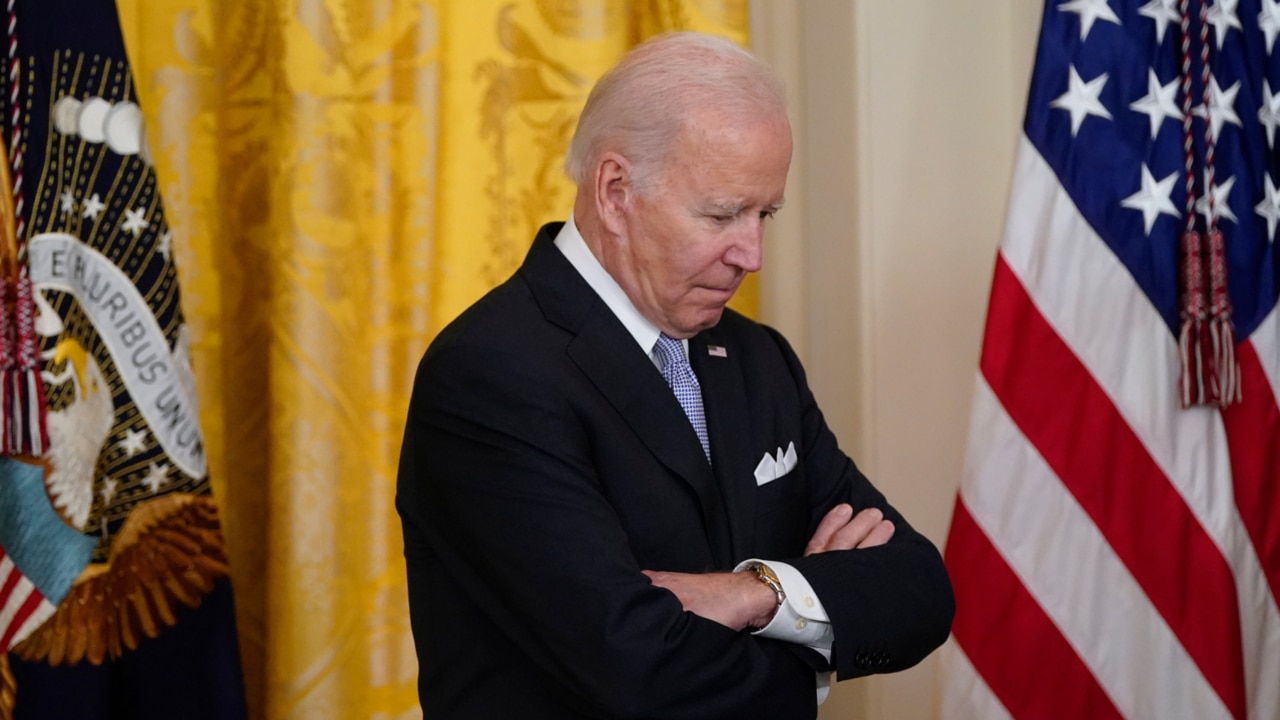
The Atlanta bank’s track record, especially so late in the three-month period, is good, suggesting the US is, in fact, already in recession.
The jobs market remains the one significant bright spot in the US economy. The unemployment rate, after soaring to almost 15 per cent in the early part of the pandemic, has fallen back to 3.6 per cent, where it was in February 2020, when it marked the lowest point since the ’60s.
When interest rates increase, the economy slows, and businesses lay off workers, reducing demand for goods and services and thus inflation, so the theory goes.
“It takes a particular person to end inflation and I’m not sure if Jay Powell is temperamentally like Volcker, who, remember, was deeply hated, only a hero with the benefit of hindsight,” Mankiw says, referring to former Federal Reserve chairman Paul Volker, who induced two recessions in quick succession in the 1980s to snuff out inflation.
Thomas Hoenig, who was president of the US Federal Reserve Bank of Kansas City for 20 years until 2011, is similarly sceptical.
“If the FOMC (Federal Open Market Committee) follows past patterns it will tend to back off if the unemployment numbers get out of hand, and they’ll do that even if inflation remains 6 per cent or so,” Hoenig says. “They will be under enormous pressure to ease off.”
The Federal Reserve, created in 1913, is nominally independent but in practice is vulnerable to political influence. It has had a mandate since 2012 to keep US inflation at 2 per cent.
“The problem for them is you can’t say 5 per cent is close to 2, as you could with 1.5,” Mankiw says, referring to the Fed’s failure to meet its target even before the latest inflation jump.
The Fed, and other central banks, have a very fine line to walk: increase rates too fast and the cure becomes worse than the disease; not enough and inflation expectations become entrenched.
US consumers’ expectation for future inflation across the next 12 months jumped to 5.4 per cent in April, the highest level since the early ’80s.
“And here’s a chilling thought, and not just for the US but for Australia too, is that the central bank interest rate has to be above the inflation rate for the inflation rate to go down – think about that,” Hassett says.
In both nations that is far from the case, with real interest rates still significantly negative.
It’s easy to dismiss the impact of the seemingly small increases in official interest rates the Fed has initiated, but they can pack a huge punch when increasing from a low level.
Basic mathematics implies a doubling of home-loan interest rates will halve the sum a household can borrow for a given monthly interest repayment. When households hoping to borrow $1m suddenly find they can afford only around $500,000, the impact on asset prices could be huge.
US government debt, which has surged well beyond 100 per cent of gross domestic product, has another complication for the Fed.
“It will become a factor very quickly; if the Fed isn’t funding it then the private sector has to, so rates will go up, and that interest part of government spending could go up very dramatically,” says Hoenig, who later became vice-chairman of the Federal Deposit Insurance Corporation, an independent agency of the US government.
“There’s no immediate way of stopping inflation; you put all this stimulus out there, all this artificial demand created by significant increases in money printing – it’s going to take time.”
The Democrats, naturally, have been eager to blame Russia’s invasion of Ukraine, supply bottlenecks as nations emerged from the Covid-19 pandemic, and even big oil and shipping corporations.
“Some of this stuff is ridiculous,” Mankiw says. “Blaming oil companies for excess profits, it’s all politics.”
Biden wrote a letter to seven US oil giants on Wednesday, demanding they increase oil production to reduce pressure.
Even Furman, echoing the stronger criticism of Biden from former Clinton-era Treasury secretary Larry Summers throughout last year, agrees the Biden administration deserves at least some of the blame.
“Policymakers – via a combination of extremely expansionary monetary and fiscal policy – tried to push the economy past where it could go,” he says politely, recommending greater fiscal restraint.
Hassett is less charitable. “Right now you can basically go to Toys R Us, and go down the infant toy aisle and find a better president,” he says. “And once markets understand how devoid of talent the administration is, it’s going to be a very frightening time.”
In 1948, American diplomat and historian George Kennan pointed out the US had 50 per cent of the world’s wealth but only 6.3 per cent of its people:
“This disparity is particularly great as between ourselves and the peoples of Asia. In this situation, we cannot fail to be the object of envy and resentment,” he wrote.
The people of Asia have since become vastly richer and more influential, especially the Chinese. Last year, the US, with about 4.5 per cent of the world’s population, held less than 30 per cent of the world’s wealth.
But it still casts a long economic shadow, including over Australia, where it remains the largest foreign investor, even if China has become Australia’s largest trading partner.
“Countries around the world borrow in dollars,” Furman says. “What happens to US interest rates and US exchange rates and US GDP matter more than any other country in the world.”
Indeed, the Australian dollar is already languishing in the high US60c range, despite record iron ore and coal prices. Money is rushing back to the US to capitalise on the higher interest rates.
The two nations’ economic cycles have tracked closely in the past. Both responded to the pandemic similarly (massive central bank-financed government spending), both have record low unemployment, rising interest rates and plunging consumer and business confidence.
The best hope for the Australian and US economies might be the sudden worry about a recession. The economy rarely lives up the predictions of the consensus. “I’ve been around macro-economics long enough to know nothing is inevitable,” Mankiw says.


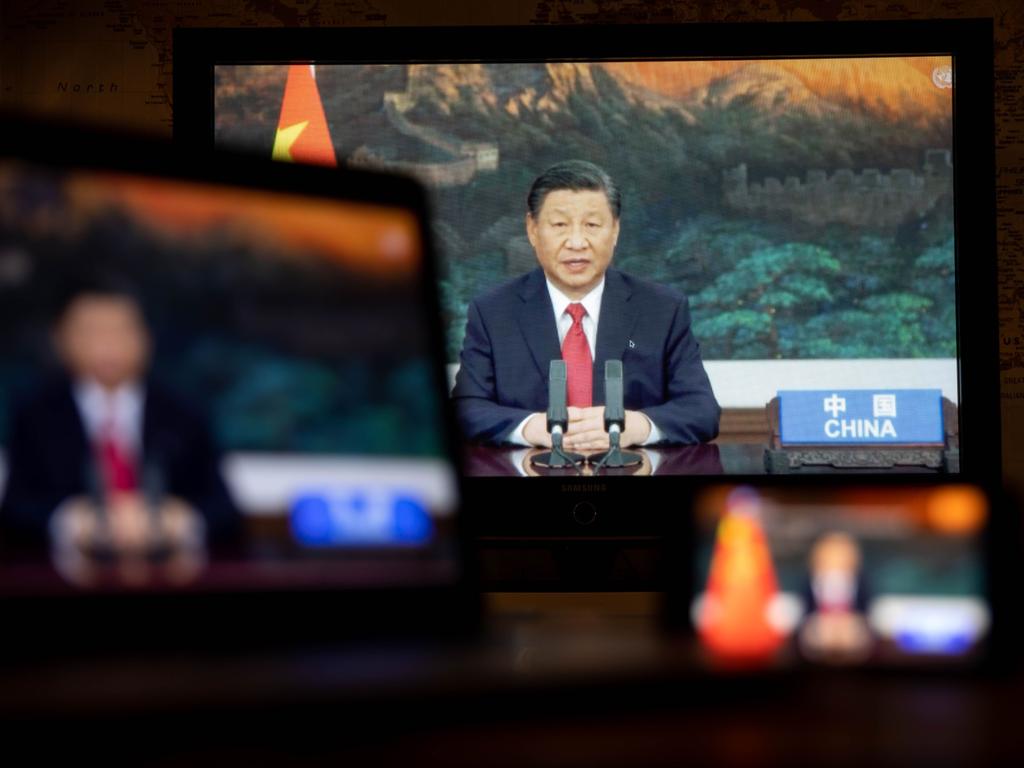



To join the conversation, please log in. Don't have an account? Register
Join the conversation, you are commenting as Logout